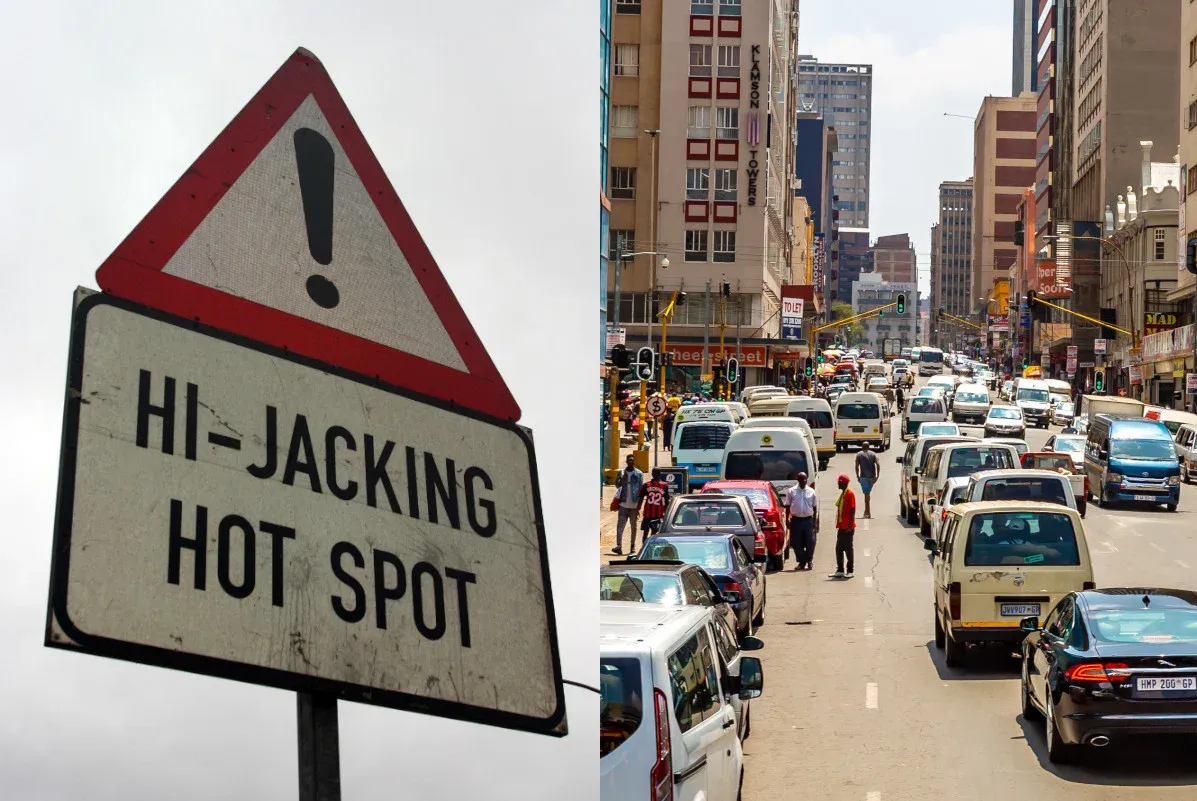Brokers brace for weather-related premium surges
The rising frequency and severity of extreme weather events is on clear display in the claim data of one of South Africa’s leading insurers, underpinning the likelihood of further coverage restrictions and premium increases in coming years. “I have dug up some of our historic data to illustrate what is happening domestically from a climate change perspective,” said Soul Abraham, CEO: Retail Insurance at Old Mutual Insure. “These numbers are useful for advisers and brokers when talking to customers about their insurance programmes”.
Earthquake dominates global catastrophe losses
Abraham, who was presenting to the financial and risk intermediaries in attendance at the Financial Intermediaries Association of Southern Africa (FIA) Advice Summit 2023, started proceedings by sharing an overview of the global natural catastrophe landscape.
Aon’s most recent Global Catastrophe Recap puts global economic losses in the first half of 2023 at a staggering USD194 billion compared to the 21st Century average of USD128 billion. And although much of this damage was due to earthquake in Turkey and Syria in February, the professional services firm also identified 24 other billion-dollar-plus economic loss events during the period, all but one being weather-related. The South African experience is similar, though at fractions of the cost seen in Asia, Europe and the United States.
Abraham went through his firm’s catastrophe claim data from 1982, categorising each loss event as small, medium or large. “We picked up 36 large events between 2012 and 2022, and the trend has persisted into 2023, with about five large events year-to-date end-September,” he said. This compares to six large events between 1982 and 1991, and five between 1992 and 2001. So, the rising frequency trend is an easy ‘tick’. The severity trend is confirmed too, with the average claim per year over the decade ending December 2022 being 10 times the average claim per year between 2001 and 2011. “Up to 2011, the average year saw ZAR39 million in catastrophe claims; in the last 10-years its gone up to ZAR371 million,” he said.
Ask a South African insurance guru about mega natural catastrophe (NATCAT) losses and they will immediately refer to the 2017 Knysna fires or April 2022 KwaZulu-Natal (KZN) floods. Abraham acknowledged the severity of these events; but warned that the frequency of smaller events was steadily gnawing away at insurers’ and reinsurers’ balance sheets. He noted that insurers were increasingly viewing R10-R100 million insured losses as attrition-type events rather than large catastrophes. Reinsurers, meanwhile, had little choice but to reclassify parts of Southern Africa from low NATCAT risk areas to a medium- to high-risk. “Rates have hardened significantly, and the deductibles have gone up quite significantly, across the industry,” Abraham said.
Serious consequences as weather goes awry
The consequences of higher frequency and severity extreme weather events do not end there. Globally, increased natural catastrophe activity introduces volatility to short-term insurers’ underwriting margins which in turn sees investors in the segment demanding higher returns on their capital. Insurers and reinsurers, meanwhile, have to take steps to match premium with rising risk exposures, which is done through reducing or excluding coverage for certain perils; increasing premiums; and / or making more stringent client-side risk mitigation demands.
Climate change is increasingly blamed for both extreme weather and higher global temperatures. “Global warming will push temperature records into the unknown sooner rather than later,” said Abraham. “In fact, the hottest July ever recorded in Europe is forecast to become the average summer a decade from today”. As global average temperatures climb, weather experts expect more frequent and severe thunderstorms. Global NATCAT statistics for the first half of 2023 confirm that severe thunderstorms accounted for up to 70% of all insured losses, with USD35 billion in total claims versus the 10-year average of USD18.4 billion.
All other natural catastrophe categories have remained relatively stable, at a combined USD19 billion over the half-year. Locally, Old Mutual Insure says it has processed claims following five severe thunderstorm events over the same period. “These thunderstorms came out of nowhere and cost a significant amount of money each time,” Abraham said.
Turning to tech to stem the claim tide
The insurer is paying more attention to modelling drought, fire and flood risk and is able to get a zoomed in, granular view of the 20-, 50- and 100-year flood lines affecting properties in most urban settings; there is also plenty of evidence to support the accuracy of these flood lines. Abraham noted that a property that fell within a 20-year flood line should be underwritten differently to a neighbouring property that did not, all else being equal.
Despite the risks posed by the rising frequency and severity of extreme weather events, the insurer still wants to cover commercial and personal lines assets against flood and thunderstorm. “We do still want to offer climate change solutions; but this will likely go beyond insurance products to include advice, data and technology,” Abraham said. And that means that Financial and risk advice is more important than ever.
“The biggest challenge we face when dealing with catastrophe claims is the lack of maintenance at insureds’ properties … insureds need to understand where the historic flood lines are, where storm water runs, and where sea levels reach during storm or tidal surges,” Abraham said. Property owners need to take the basic steps to defend their property against extreme weather events. There is also a growing realisation that insurers face pluvial or surface flooding in addition to flooding due to overflowing dams or rivers.
Pluvial flooding occurs in cities and towns where stormwater drainage and run-off is inadequate or poorly maintained. The consequence, according to Abraham, is that the insurer often receives claims for post-thunderstorm flooding damage or loss despite data and pricing indicating a low flood risk. Wildfire is wreaking havoc globally and locally too.
Year-to-date September 2023, wildfires in Canada have burned through 42 million acres, affecting six times the area of the long-term average. Europe has also been scorched, with fires in Greece, Portugal and Spain contributing to economic losses north of USD4.43 billion. And in the United States, a fire on the Hawaiian island of Maui is now confirmed as the fifth-deadliest wildland blaze in US history. South Africa is no stranger to wildfire losses. Coinciding with the presentation, the country had suffered significant fire-related agriculture losses in the Northern Cape and there were three fires “being monitored” along the Drakensberg mountain ranges. Abraham commented on the reality of an insurer’s claim desk processing flood and wildfire claims simultaneously.
Sustainable insurance non-negotiable
“From a climate change perspective insurers can expect more frequent catastrophe losses; we need to work together to make sure the insurance industry remains sustainable, including a tighter focus on our balance sheets,” Abraham said, before concluding with a rather grim observation: You cannot run from climate change, if the flooding does not get you, the wildfires will.
As natural catastrophe events keep stacking up, there is a compelling argument to redefine short-term insurance cover from ‘grudge purchase’ to non-negotiable ‘shopping’ essential. The ‘shopping’ solution includes giving the right advice to clients and ensuring that they do whatever possible to mitigate damage or loss due to NATCAT risks, thereby reducing insurers’ overall exposures.
Writer’s thoughts:
The 2023 FIA Advice Summit painted a frightening climate-related systemic risk environment beset by growing economic and insurance losses. Can existing insurance models accommodate climate risk and continue to give commercial insureds the confidence / support to invest in their businesses?
Want more information?
Quick Links
Latest news
Glenwood Brokers (Pty) Ltd



